It’s time for a brainteaser.
What’s the common thread in the following HR situations?
A Muslim man fasting during Ramadan is the recipient of “good-natured” jokes at a company dinner; a hiring committee uses a fake social media account to screen potential hires; a tattooed woman faces uncomfortable questions about her appearance from coworkers; employees confront a manager about perceived favoritism in the workplace.
The answer? Workplace ethics.
Discover best practices for navigating sticky ethical situations with confidence and conscience. After all, ethics reflect your organization’s core values and can be very complex.
Every ethical dilemma has layers: People, circumstances, and environments vary.
How can employers and employees best navigate each “layered” ethical situation?
HOW DOES OFFICE CULTURE INFLUENCE OFFICE ETHICS?
Frequent ethical issues may stem from an organization’s culture. Take time to really evaluate your workplace culture. A critical eye illuminates shortcomings and helps you target the source(s).
- Diversify Work Force: It’s a big, big world out there with lots of talent to find. So why settle for any less than what’s represented? The probability of misunderstandings is high when a workplace environment is structured around employees thinking the same, having the same strengths, and even coming from similar cultural backgrounds. In other words, it’s easy to single others out when your workplace looks very uniform.
- Provide Harassment Training: For best practices, train staff on the latest policies and workplace laws every two years. This includes education on anti-discrimination and anti-harassment.
HOW DO ETHICS PLAY OUT IN POSITIONS?
Company leaders should be well-versed in their ability to judge right or wrong, but how they document, correct, and learn from ethical issues as employers isn’t always as easy.
- Transparency: Transparency is the best practice in protecting workplace ethics. Consider inviting others to high-level conversations, maintaining weekly company-wide communications, and ensuring all staff understand workplace hierarchy, expectations, and objectives.
- Intentional Decision-Making: The best foot forward is mindful decision-making when it comes to ethical gray areas. Being able to explain your decisions comfortably showcases ethical consideration and good intentions. Remember: You should not be defensive, but your decisions should be defendable.
- Create Space for Growth: Leadership positions have an ethical responsibility to help employees grow.
- Welcome conversations that focus on development by offering more than just a pat on the back. Show that you’re invested in your employees’ future successes and are there to actively motivate and help them achieve all they can.
- Performance-Based Rewards: Differentiate between unearned favoritism and rewarding employees based on performance. Always make this distinguishable and transparent to your team. When choosing someone to head a new initiative, consider the specific tasks of the job and who is best suited to navigate them.
WHERE DO ETHICS “HIDE”?
Everyone holds a piece of the puzzle when setting an ethical tone during pre-employment, employment, and post-employment. However, HR professionals can help your organization understand best practices when in doubt.
- Document Your Process: When it comes to recruiting talent and reducing the workforce, your processes must be well-documented. A “paper trail” and polished procedure will help your organization avoid being audited for discriminatory practices.
- Ethical Background Checks: Utilize a trusted source when screening employees. Look to us for dependable counsel in making the best-informed decision on applicants.
- Do Your Homework: Better develop your internal DEI program with our 6-part series covering HR fundamentals your organization needs.
Register for upcoming Thinking Differently webinars with Catapult and receive SHRM and HRCI recertification credits.

